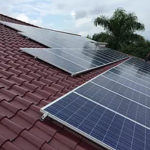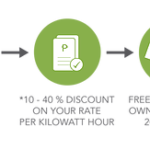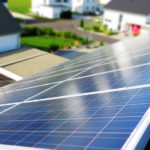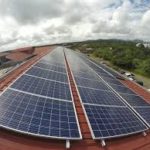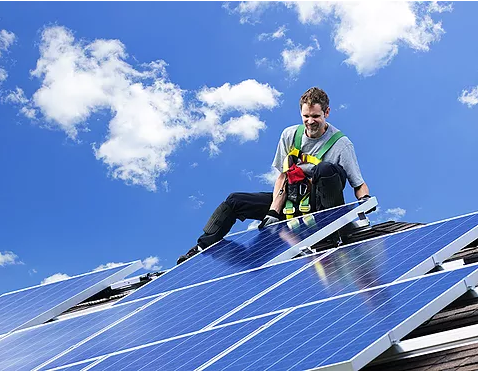
The Next Step: Solar Panel Recyling
The past decade has seen a boom in solar energy. Though the technology has been around for some time, the recent advances and refinements to solar panels and the overall systems have made going solar more affordable for both businesses and individuals. Often promoted as one of the cleanest energy options, along with wind power, many who promote the production of clean energy champion solar.
However, like all industries, solar power is not without its challenges. As some installations near the “end” of their lifespan, the issue of what to do with old panels has been heavily discussed. Being able to recycle solar panels can make a big difference in the overall sustainability of the power source. After all, how sustainable would it be if all old panels just ended up in a landfill with their chemical components leaching into the earth.
Luckily for solar panel manufacturers and solar power providers the answer is: YES. You can recycle solar panels. It is simply a question of when.
First, it is important to note that the lifespan of a solar panel is around 25 to 30 years. This means that during this time period, the power output should not go below 80% of the rated power. This is the estimate made by engineers and scientists. The truth is, however, that some of the first solar installations now approaching the 30 year mark still operate reliably, dipping only between 6-8% in efficiency. For a company or household that has been enjoying free energy for almost 30 years, retaining the panels to continue to enjoy free energy (even at less efficiency) makes more sense than replacement.
This means that unless maximum efficiency is required or a panel has broken for one reason or another, there is no need to recycle solar panels. Even then, the old panels can be sold to those who don’t require maximum efficiency.
Should the choice to recycle solar panels be made, then solar power owners can rest assured that approximately 90% of the installation can be recycled and turned back into panels that will once again work at maximum efficiency. In fact, solar panel recycling can–in the next decade or so–become the next booming industry. While it is currently an expensive process, experts estimate the process to be worth around USD 14 billion in recoverable value by 2050. That is around 2 billion panels produced with no need for raw material, approximately 630 GW of power.
Leaders in the solar industry can retain their authority by investing in recycling centers or systems as early as now. Not only does it help give them a closed-loop material cycle, but it also can create more green jobs each year.
When it comes to a question of sustainable and clean energy, solar power is an ideal option. In approximately 1.5 to 2 years following the installation of solar panels, the system reaches carbon neutrality, meaning the amount of clean energy produced equals the amount of carbon released to create the panels. Following that, the installation is carbon positive for the next two and a half decades or more, giving back more than it ever took. And while it is true that the creation of panels and the recycling of solar panels does produce some hazardous waste, it does not produce as much as coal and natural gas, which cannot be recycled at all and never achieves carbon neutrality
For a better understanding of solar panel recycling, read this infographic:

Posted on August 29, 2018
This post was written by a g
Category: Uncategorized
